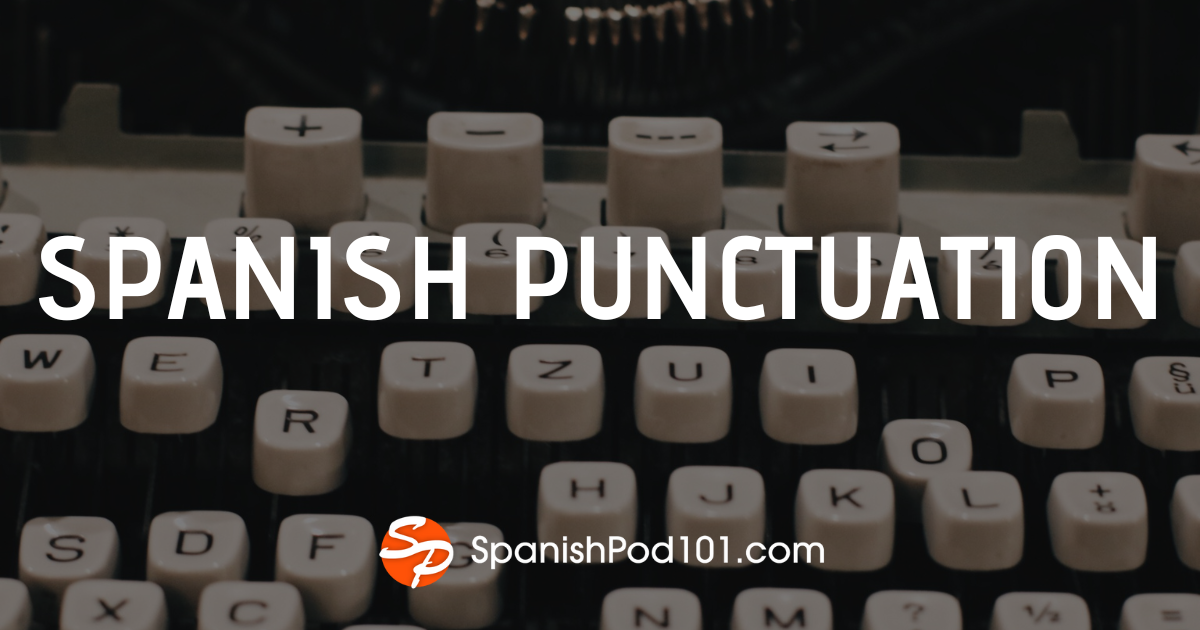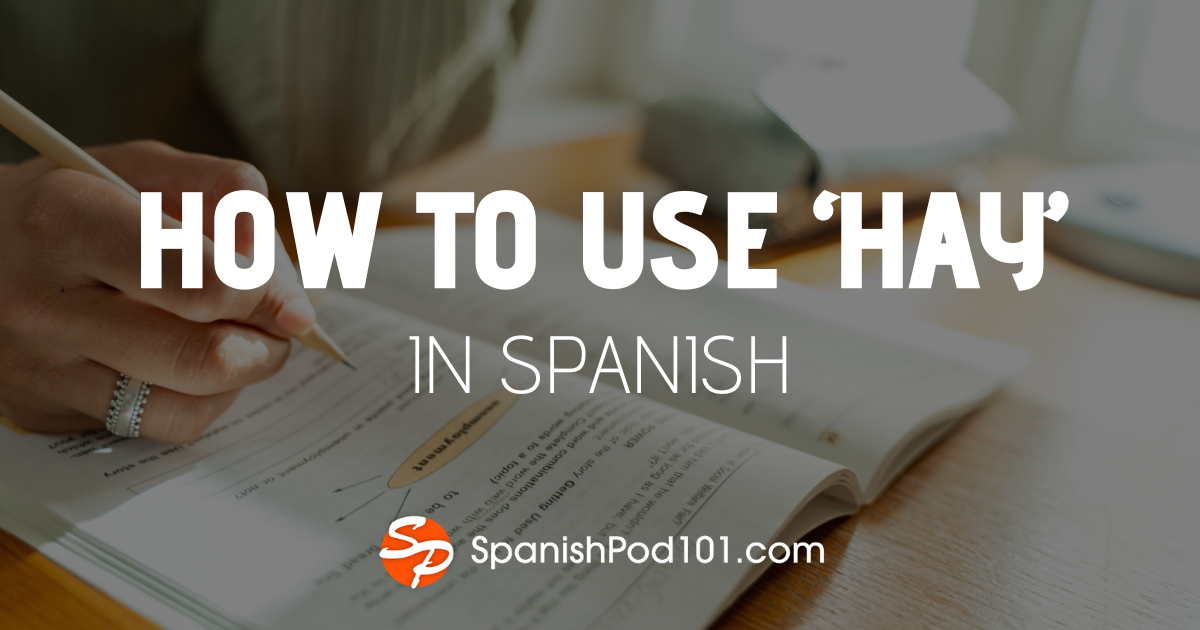
Spanish uses several punctuation marks and characters that are unfamiliar to English writers. These include inverted question and exclamation marks, unique quotation formats, and accented letters. Mastering these Spanish special characters is crucial for beginners, as they affect the meaning and clarity of written Spanish. This article explains the unusual punctuation in Spanish, how to use each mark properly, and how to type them on a standard U.S. QWERTY keyboard (Windows and Mac).
Table of Contents- Inverted Question and Exclamation Marks (¿ and ¡)
- Quotation Marks and the Colon in Spanish
- Accents and Other Spanish Special Characters
- Conclusion
1. Inverted Question and Exclamation Marks (¿ and ¡)

Unlike English, Spanish question and exclamation marks come in pairs. The Spanish question mark is written with an inverted question mark at the beginning of a question and a normal one at the end.
Likewise, the Spanish exclamation point uses an upside-down exclamation mark “¡” at the start of an exclamatory sentence and a standard “!” at the end.
For example, a yes-no question like ¿Vas al mercado? (“Are you going to the market?”) must start with “¿”, and an exclamation like “¡Qué sorpresa! (What a surprise!)” begins with “¡”.
The Royal Spanish Academy introduced this convention in the 18th century to avoid confusion between questions and statements. Today, even if casual texting sometimes omits the opening marks, proper Spanish always uses the inverted ¿ or ¡ at the beginning of every question or exclamation.
Many new learners ask how to do an upside-down question mark or upside-down exclamation point on an English keyboard. Fortunately, typing these inverted symbols is straightforward. On Windows, hold the Alt key and type 0191 on the numeric keypad to get ¿, or type 0161 to get ¡. On Mac, use keyboard shortcuts: press Option + Shift + ? to insert ¿, and Option + 1 to insert ¡.
If these shortcuts are hard to remember, you can always copy and paste the inverted punctuation from a reference page. Modern smartphones make it even easier – just long-press the “?” or “!” key to select the upside-down marks. With a bit of practice, you’ll quickly remember how to type the inverted question mark and exclamation mark.
2. Quotation Marks and the Colon in Spanish

There is also a unique style for quotations in the Spanish language. In formal writing and literature, Spanish often uses angled quotation marks called comillas españolas (« ») instead of the English-style quotes (“”).
These angular quotation marks are quite unique and not used in American English. For example, you might see a line of dialogue in a novel enclosed as: «¿Vienes conmigo?» (with « ») instead of “¿Vienes conmigo?” in English formatting.
It’s also acceptable to use regular double quotes in Spanish, but the angular « » are considered the Spanish quotation marks. One important difference is that in Spanish, punctuation like periods and commas usually go outside of the quotation marks, not inside.
For instance, in the example “«¿Por qué me sigues mintiendo?».” the question mark is inside the quote, but the period comes after the closing quote. In Spanish, this is correct, even though it looks like double punctuation to English readers (In fact, Spanish and British English share the rule that punctuation can go outside quotes when not part of the quoted material).
Spanish also handles dialogue differently: it often uses a long dash, or “raya” (—), to introduce lines of dialogue rather than quotation marks.
For example, a novel may show dialogue as: —Hola, ¿cómo estás? —dijo María. (Notice the dash at the start of the spoken line.) This usage of the em dash for dialogue is standard in Spanish fiction and is something English writers might find unusual.

Another punctuation difference in Spanish writing, especially when writing letters, is the use of the colon. In Spanish correspondence, the salutation is followed by a colon, not a comma. For example, a formal letter might begin “Estimado Sr. López:” followed by the body of the letter, whereas in English you would write “Dear Mr. Lopez,” with a comma.
So when writing emails or letters in Spanish, remember to use a colon after the greeting. Aside from letters, Spanish uses colons in similar ways to English (such as before lists or quotes), but the letter-opening colon is a uniquely Spanish custom.
3. Accents and Other Spanish Special Characters

In addition to punctuation, Spanish spelling uses special characters such as accented letters (á, é, í, ó, ú), the letter ñ, and the umlaut ü. These accents in Spanish are essential to proper spelling and are not optional – leaving them out can change the meaning of a word or make it misspelled.
For instance, si (if) vs. sí (yes) are distinguished only by an accent mark. The wavy tilde over n (ñ) is not considered a mere accent but makes ñ a separate letter from n in the Spanish alphabet (e.g., uñas “nails” vs. unas “some”, which have very different meanings).
These Spanish special characters may seem unusual to English speakers, but they are vital for correct pronunciation and understanding. Beginners should familiarize themselves with using tildes and accent marks in Spanish, as omitting them can lead to misunderstandings.
Typing Spanish accented letters and special characters on a U.S. keyboard can be done in a few ways. On Windows, one convenient method is using Alt codes: for example, Alt + 0225 produces “á”, Alt + 0241 produces “ñ”, and Alt + 0252 produces “ü”. (Make sure to use the numeric keypad for these codes.) Windows also offers an “International” keyboard layout, which lets you type accents using shortcuts (for instance, typing’ + a gives “á”).
On Mac, the easiest way is to hold down the letter key – a pop-up will appear allowing you to choose the accented version. You can also use Option key combinations: Option + e, followed by any vowel (a, e, i, o, u) will accent that vowel; Option + n, followed by “n” gives “ñ”; Option + u, followed by “u” gives “ü”. Similarly, Option + e then Shift + E would produce “É” (a capital accented letter).
If you only need a few characters occasionally, you can copy and paste Spanish accents from a character map or online list. For those who type in Spanish frequently, it may be best to switch your keyboard input to a Spanish or US-International layout to have direct access to all these characters. With either approach, you’ll soon be able to type all the accented vowels, the letter ñ, and other Spanish special characters smoothly on your computer.
4. Conclusion
Spanish punctuation and special characters might seem intimidating at first, but they quickly become second nature with practice. Remember to always use the inverted question and exclamation marks to frame questions and exclamations in Spanish, and apply the unique conventions for quotes and the colon in letters.
Don’t neglect accent marks and ñ, as they are integral to spelling and meaning. By learning how to type these characters on your Windows or Mac keyboard – whether through Alt codes, Option-key shortcuts, or simply copy-paste for quick fixes – you ensure that your Spanish writing is accurate and professional. Mastering these “little” marks will greatly improve your Spanish reading and writing, helping you communicate clearly and correctly in the language. Good luck, and ¡buena suerte!








